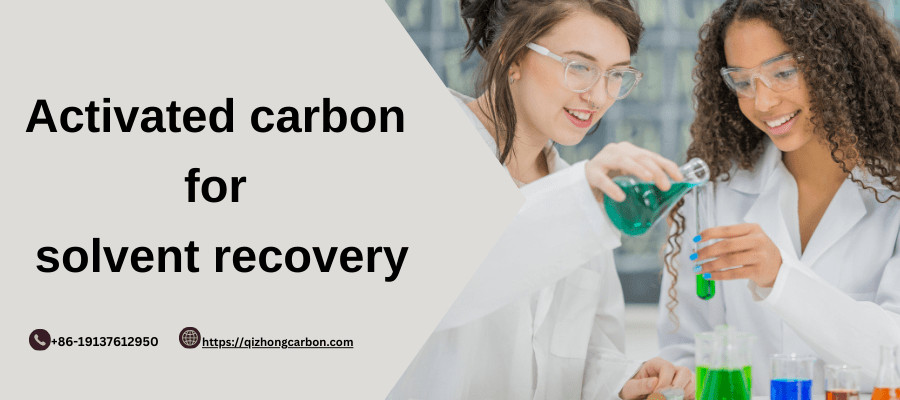Organic solvents are used frequently in industries such as chemicals, printing and electronics, posing challenges of volatility, high costs and waste disposal. Driven by the need to utilize resources, solvent recovery is key to reducing costs and protecting the environment.
Activated carbon adsorption is the method of choice for solvent recovery due to its broad applicability and ease of operation.
This paper discusses the principles and processes of activated carbon in solvent recovery, providing insights into the chemical industry to combat solvent pollution and improve resource efficiency.
Industrial Solvents Recycling
Activated carbon has a highly developed pore structure and a large specific surface area, which enables it to effectively adsorb organic solvent molecules from various gases and liquids. The working principle of activated carbon in solvent recovery mainly includes the following steps:
Adsorption stage
Exhaust gases or liquids containing organic solvents pass through the activated carbon bed. During this process, the porous structure of the activated carbon allows the solvent molecules to be adsorbed on its surface and in its pores.
saturation stage
as the adsorption process proceeds, the adsorption capacity of activated carbon gradually reaches saturation, and regeneration is required at this time.
regeneration stage
through heating or inert gas (such as nitrogen) flushing and other methods, the solvent molecules adsorbed on the activated carbon adsorption, thus restoring the adsorption capacity of the activated carbon.
solvent recovery
the desorbed solvent molecules are condensed and collected for further purification and reuse.
Activated carbon for solvent recovery applications
Activated carbon solvent recovery technology has a wide range of applications, some of the major industries are listed below:

The application of activated carbon in solvent recovery not only improves the resource utilization rate and reduces the production cost, but also plays a positive role in environmental protection. For different solvent properties, the optimization and matching of activated carbon materials, equipment forms and operating parameters in the adsorption process are crucial. We can customize the size of activated carbon according to customer’s needs.
Selection of Activated Carbon
Recovering solvents using activated carbon is economically advantageous for industrial applications. It enables the reuse of solvents, minimizes emissions, reduces material and energy costs, and prevents the release of hazardous substances, making it an environmentally friendly choice.
Qizhong offers a complete range of coal and coconut shell activated carbon for solvent recovery field series of activated carbon products: extruded activated carbon with high activity level, excellent mechanical hardness and very good pore volume, good chemical stability makes it a good choice.

| Description | Extruded Activated Carbon |
| Mesh Size | 3/4 mm |
| CCL4/CTC (%) Minimum | 60 |
| Hardness (%) Minimum | 95 |
| Ash≤(%) | 5 |
Compared with conventional activated carbon, our extruded activated carbon products have been systematically optimized in terms of raw material selection, activation process and product performance, and have the following characteristics:
- Well-developed mesopores: increase storage capacity and faster adsorption and desorption rate.
- High hardness: lower wear rate and longer service life
- Large surface area: high absorption capacity and improved storage performance
- Low ash content: improves the adsorption efficiency of activated carbon and extends its service life
Contact Us
We offer activated carbon products with selected raw materials and advanced manufacturing processes to ensure high efficiency and economy in solvent recovery. Our team of experts will provide technical support and customized solutions for your specific needs.
To learn more about our activated carbon products or to discuss how we can improve your solvent recovery process, please feel free to contact us and we will be happy to assist you.
